A genuinely Brazilian breed developed with the purpose of improving the productivity of herds through greater production and quality of meat from cattle raised on pasture.
raça sintética araguaia

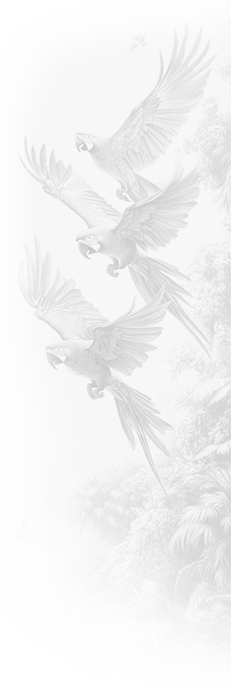
History
The Araguaia is a synthetic breed, developed through crossbreeding and selective breeding aimed at achieving high productivity, early maturity, and adaptation to climatic and environmental conditions. Its development took place in the Araguaia Valley, within the Cerrado biome, in the municipality of Torixoréu, Mato Grosso, Brazil.
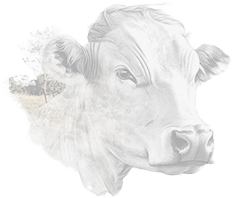
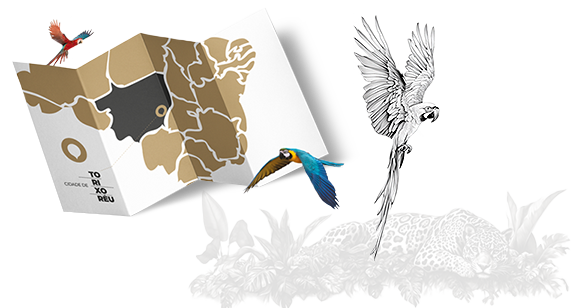


Productive
Characteristics • Early reproductive and productive maturity
• Feed conversion and weight gain
• Carcass yield
• Maternal ability
• Calving ease
• Higher milk yield for calves
• Adaptation to hot and dry climates
Characteristics • Early reproductive and productive maturity
• Feed conversion and weight gain
• Carcass yield
• Maternal ability
• Calving ease
• Higher milk yield for calves
• Adaptation to hot and dry climates
Morphology


• Medium-sized animals
• Modern carcass with strong muscle coverage, broad back, and deep body
• Short, light-colored hair and dark skin, promoting adaptation to hot climates
• Strong and fine bone structure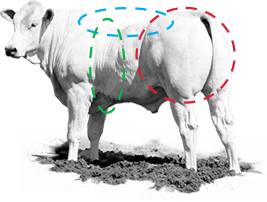
• Modern carcass with strong muscle coverage, broad back, and deep body
• Short, light-colored hair and dark skin, promoting adaptation to hot climates
• Strong and fine bone structure

Temperament
• Docile animals, easy to handle
Meat
• Lean, tender, and succulent meat suitable for grilling
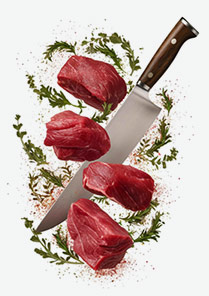
Genetic Formation
The Araguaia synthetic breed is the result of crossbreeding and selection from the Blonde d'Aquitaine, Caracu, and Nelore breeds.




Economic Advantages
• Increased revenue in livestock activities
• Shorter calving intervals
• Higher meat production per hectare
• Higher calf weaning weight
• Shorter calving intervals
• Higher meat production per hectare
• Higher calf weaning weight

Reproductive Efficiency
Thanks to the Araguaia breed’s climatic and environmental adaptation, reproduction can be conducted through natural mating, simplifying, and reducing reproductive costs while enhancing productivity.
In industrial crossbreeding programs, the continued use of Araguaia genetics in Zebu cows and in F1, F2, F3, etc., crossbreeds results in productivity gains in the offspring, thanks to increased heterosis and the maintenance of environmental adaptation.
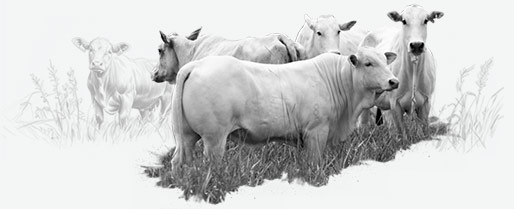 Due to the presence of both continental taurine and Zebu breeds in the genetic formation of the Araguaia animal, it is an excellent option for use in F1 Angus/Nelore crossbreeds. Calves born from this cross exhibit excellent adaptation, high weaning weight, early maturity, besides maintaining or improving meat quality.
Due to the presence of both continental taurine and Zebu breeds in the genetic formation of the Araguaia animal, it is an excellent option for use in F1 Angus/Nelore crossbreeds. Calves born from this cross exhibit excellent adaptation, high weaning weight, early maturity, besides maintaining or improving meat quality.


In industrial crossbreeding programs, the continued use of Araguaia genetics in Zebu cows and in F1, F2, F3, etc., crossbreeds results in productivity gains in the offspring, thanks to increased heterosis and the maintenance of environmental adaptation.
 Due to the presence of both continental taurine and Zebu breeds in the genetic formation of the Araguaia animal, it is an excellent option for use in F1 Angus/Nelore crossbreeds. Calves born from this cross exhibit excellent adaptation, high weaning weight, early maturity, besides maintaining or improving meat quality.
Due to the presence of both continental taurine and Zebu breeds in the genetic formation of the Araguaia animal, it is an excellent option for use in F1 Angus/Nelore crossbreeds. Calves born from this cross exhibit excellent adaptation, high weaning weight, early maturity, besides maintaining or improving meat quality.


Zootechnical Criteria
The combination of Caracu with Blonde d'Aquitaine has introduced 75% European breed genes into the heterosis potential of the Araguaia breed, increasing productivity and meat quality. The genetic combination of Nelore and Caracu has brought hardiness and climatic adaptation, alongside the higher productive potential of the Araguaia animal.




PRODUCTIVE
PRECOCITY
produtiva The reproductive period of the Araguaia females starts at 14 months. It is 10 months less than the average for other national breeds. When an animal of another breed is entering its reproductive age, an Araguaia Breed heifer will have already given birth to a calf.
On average, the weaning weight of the Araguaia Breed is 265 kg for females and 280 kg for males.
PRECOCITY
produtiva The reproductive period of the Araguaia females starts at 14 months. It is 10 months less than the average for other national breeds. When an animal of another breed is entering its reproductive age, an Araguaia Breed heifer will have already given birth to a calf.
On average, the weaning weight of the Araguaia Breed is 265 kg for females and 280 kg for males.
GENETIC
EXCELLENCE For all its characteristics, the Araguaia Breed presents great profitability and productivity all through its production.
The reproductive and productive precocity gives more weight at weaning, makes the animals fertile in much less time and shortens the breeding and fattening cycle of the cattle.
EXCELLENCE For all its characteristics, the Araguaia Breed presents great profitability and productivity all through its production.
The reproductive and productive precocity gives more weight at weaning, makes the animals fertile in much less time and shortens the breeding and fattening cycle of the cattle.




